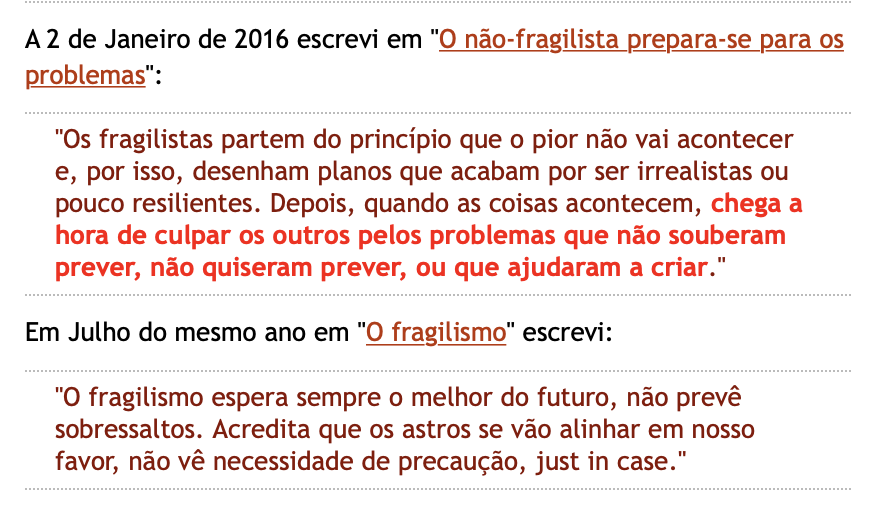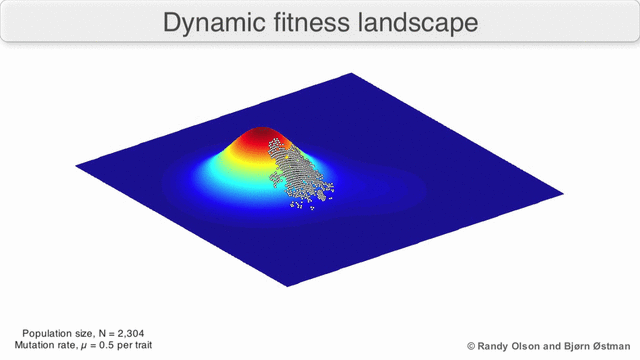Outro absurdo conheci na introdução de um livro que li há uns anos e registei num postal aqui no blogue em Abril de 2006 "Simplex". Os supervisores de uma refinaria diziam que eram impossível mantê-la a funcionar com 2700 trabalhadores. Os trabalhadores entraram em greve e os mesmos supervisores com os engenheiros, cerca de 450, conseguiram mantê-la a funcionar durante os 4 meses que durou a greve.
Lembrei-me disto ao começar a ler este artigo "Harvard to Make All Classes Online March 23, President Says":
"Harvard is asking students not to return to campus after its spring break amid coronavirus concerns.Se isto é possível... por que não generalizar? Por que não abandonar o modelo clássico e apostar a fundo neste modelo para o futuro? Uma espécie de híbrido, as aulas clássicas passarem a virtual e o regime presencial para workshops? E já agora, por que não introduzir o "flip the classroom"?
.
The Ivy League university is seeking to completely transition to virtual classes for all courses by March 23, when they were originally due to begin after the recess, president Larry Bacow said in a message to the community."
Talvez estas experiências feitas por necessidade contribuam para mostrar a obsolescência actual.




























